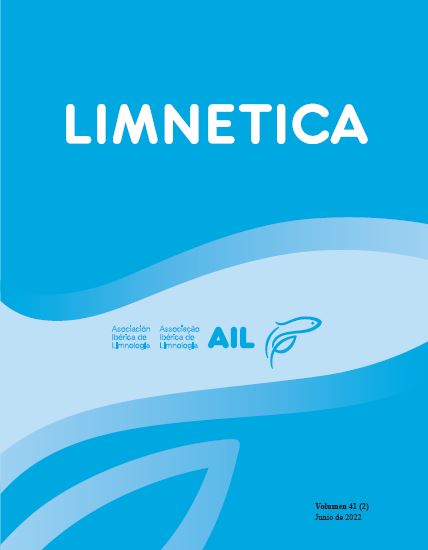Saline lakes as barriers against pollution: a multidisciplinary overview
Resumen
Saline lakes are subject to numerous environmental impacts closely related to human activities, including mining, desiccation and pollution. These lakes are mostly located in arid and semi-arid regions located in endorheic basins, which combined with the low precipitation and high evaporation rates typical for these regions, may lead to the accumulation of pollutants. Saline lakes are polluted mainly through inputs of agricultural wastewater along with organic and inorganic wastes from domestic and industrial sources. The excessive anthropogenic loading of nutrients, especially nitrogen (N), can result in eutrophication of these ecosystems. Here, the importance of pollution in saline lakes was assessed, placing special emphasis on N pollution and its attenuation in aquatic interfaces. Two main interfaces are present in saline lakes: (1) the sediment-water interface; (2) the freshwater-saltwater interface. While the former is the most important one for microbial turnover, the latter plays also a key role in pollution attenuation based on solute transport by density-driven flows. The study of how saline lakes can attenuate N pollutants (e.g. nitrate) is a step forward in preserving the good ecological status of these ecosystems. This work highlights the need of integrating a wide range of techniques from different disciplines such as limnology, hydrogeology, geochemistry or microbial ecology for such studies. The effective application of conservation policies by managers will depend on the degree of knowledge of these systems.
Descargas
Publicado
Número
Sección
Licencia
Los autores que publican en esta revista están de acuerdo con los siguientes términos:
- Limnetica está bajo una licencia de Creative Commons Atribución-NoComercial 4.0 Internacional.
b. Los autores pueden establecer por separado acuerdos adicionales para la distribución no exclusiva de la versión de la obra publicada en la revista (por ejemplo, situarlo en un repositorio institucional o publicarlo en un libro), con un reconocimiento de su publicación inicial en esta revista.
c. Se permite y se anima a los autores a difundir sus trabajos electrónicamente (por ejemplo, en repositorios institucionales o en su propio sitio web) antes y durante el proceso de envío, ya que puede dar lugar a intercambios productivos, así como a una citación más temprana y mayor de los trabajos publicados (Véase The Effect of Open Access) (en inglés).


